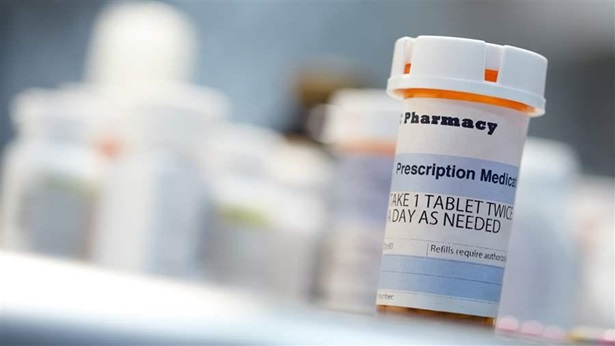National Assessment of State Oversight of Sterile Drug Compounding

Drug compounding is a long-standing practice wherein a pharmacist “combines, mixes, or alters ingredients of a drug to create a medication tailored to the needs of an individual patient.” While the Food and Drug Administration (FDA) has the authority to enforce applicable federal laws over pharmacies, states remain the principal of pharmacy practice, including pharmacy compounding activity. Relevant laws and regulations are updated at the discretion of each state and jurisdiction. This study, commissioned by The Pew Charitable Trusts and conducted by researchers from the University of Illinois at Chicago, assesses the national landscape of state policies on compounding sterile drugs—such as medicines that are injected or infused into the body.
Between 2012 and 2013, an outbreak involving hundreds of patient illnesses and dozens of deaths linked to tainted compounded injections drove state and federal officials to re-examine oversight of sterile drug compounding, particularly when it exceeds traditional practice in scale and risk. However, until now there has been no single central repository for information describing policy and practice across states.
The study found that states vary significantly in their policies for sterile compounding.
Notable findings and themes
- About half of the respondents (representing 21 of 43 states, or 49 percent) reported that they required sterile compounding to fully conform to the widely recognized quality standards set by the U.S. Pharmacopeial Convention (USP) in its General Chapter <797> Pharmaceutical Compounding—Sterile Preparations. Thirteen respondents (30 percent) reported that their states mandated at least some part of USP Chapter <797>. Just over half of respondents (representing 24 of 43 states, or 56 percent) reported that their states tracked the number of pharmacies that perform sterile compounding.
- The majority of respondents (representing 26 of 43 states, or 60 percent) said their states did not require pharmacies to report serious adverse events and reactions related to sterile compounding.
- Twenty-eight respondents (65 percent) said their states allowed pharmacies to compound without patient specific prescriptions. Most of these states (21 of the 43 respondents, or 49 percent) had specific limits on this practice, but with varying degrees of restriction—such as a narrow allowance for emergency veterinary use only, compared with a broader allowance for any drug that is not commercially available. State policies permitting compounding without a prescription for human use conflict with recently clarified federal law.
- Nine respondents (21 percent) said their state required pharmacies to have a separate license or registration to perform sterile compounding.
- Twelve respondents (28 percent) reported that when inspecting sterile compounding pharmacies in the state, they prioritized inspections for pharmacies where high-risk sterile compounding occurs.
- Sterile compounding sometimes takes place in physician offices or clinics, which are normally regulated by a state board of medicine. When asked, only one state reported that their state had a mechanism to track nonpharmacy locations where sterile compounding occurs, and only seven respondents (17 percent) reported that physician offices were held to the same compounding quality standards as pharmacies.
The report National Assessment of State Oversight of Sterile Drug Compounding examines similarities and differences in state policies. For specific policy recommendations for important areas of oversight (e.g., regulations, licensure, and inspection), read our complementary report, Best Practices for State Oversight of Drug Compounding.
Following the publication of this report, Massachusetts, which had submitted an incomplete survey response, compiled information on its state policies, which can be found here.













